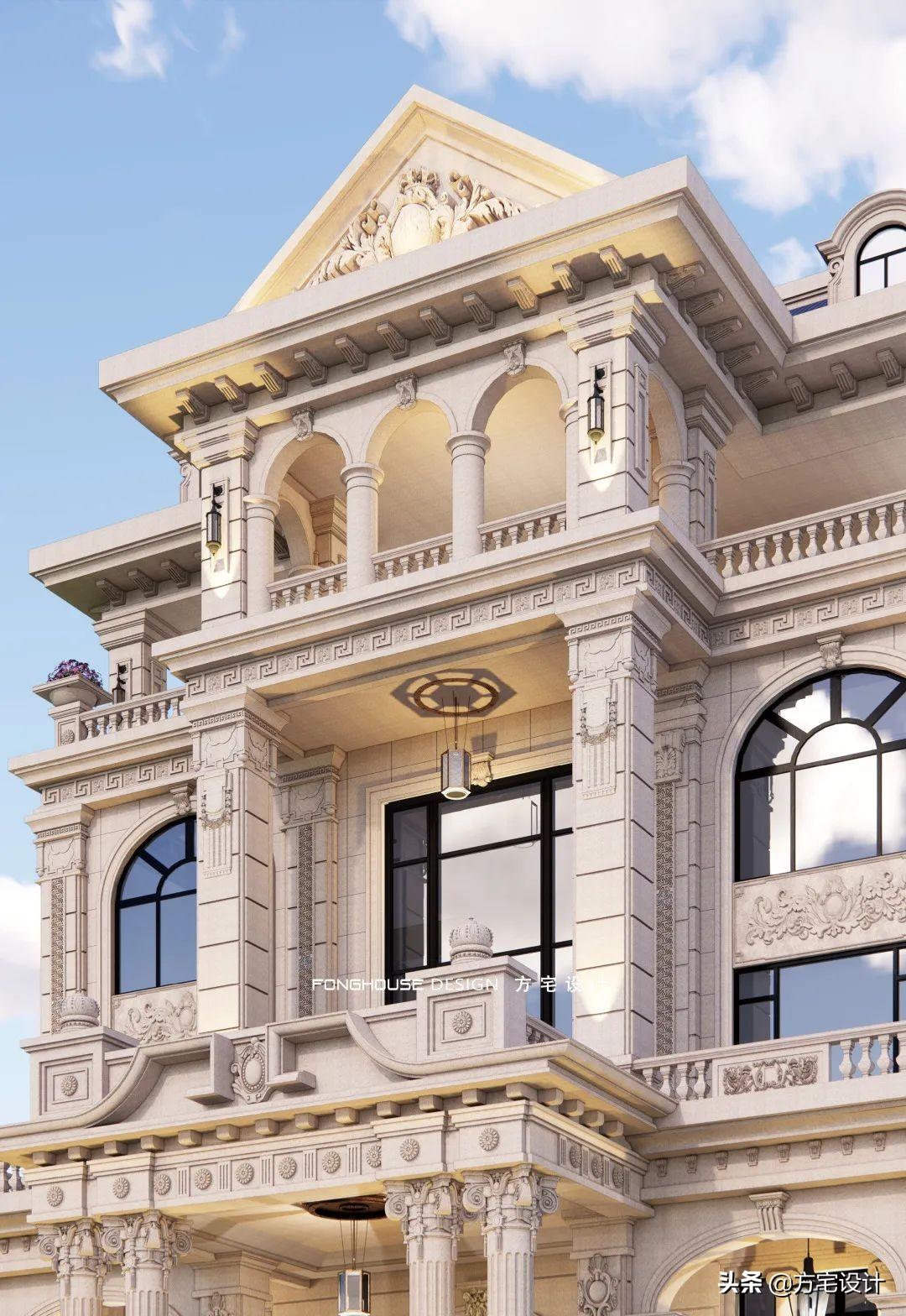St. Peter's Rome Architecture: A Masterpiece of Renaissance Design
Guide or Summary:History and SignificanceArchitectural FeaturesRenaissance Design PrinciplesSt. Peter's Basilica, located in Vatican City, is an architectur……
Guide or Summary:
St. Peter's Basilica, located in Vatican City, is an architectural marvel that stands as a testament to the grandeur and artistic prowess of the Renaissance period. As one of the most iconic structures in the world, St. Peter's Basilica is not only a religious site but also a masterpiece of architecture that showcases the best of Renaissance design principles.
History and Significance
The history of St. Peter's Basilica dates back to the early Christian era. The original basilica was built in the 4th century by Emperor Constantine the Great, who commissioned the construction in honor of Saint Peter, one of the twelve apostles of Jesus Christ. Over the centuries, the basilica underwent several renovations and expansions, with the most significant being carried out during the Renaissance by renowned architects such as Michelangelo, Bramante, and Bernini.

Architectural Features
St. Peter's Basilica is renowned for its grandiose architecture and intricate design elements. The basilica's exterior is adorned with intricate sculptures, statues, and reliefs that depict scenes from the life of Jesus Christ and the apostles. The facade, designed by Giacomo della Porta, features two large portals, each flanked by a series of columns and statues.
The interior of St. Peter's Basilica is equally impressive, with its soaring vaulted ceilings, intricate marble floors, and towering columns. The central dome, designed by Michelangelo, is one of the largest in the world, standing at 136 meters tall. The dome is crowned by the St. Peter's Baldachin, a stunning bronze canopy designed by Gian Lorenzo Bernini.
Renaissance Design Principles
St. Peter's Basilica is a prime example of Renaissance architecture, which emphasized symmetry, proportion, and harmony. The basilica's design is characterized by its use of classical architectural elements, such as columns, pilasters, and arches, which were revived during the Renaissance.

The basilica's interior is a perfect example of Renaissance design principles. The use of light and space is masterfully employed, with the soaring ceilings and large windows allowing natural light to flood the basilica. The use of marble and other natural materials adds to the basilica's sense of grandeur and timeless beauty.
St. Peter's Basilica is not only a religious site but also a masterpiece of Renaissance architecture. Its grandiose design, intricate details, and use of classical architectural elements make it one of the most iconic structures in the world. As a testament to the artistic and architectural achievements of the Renaissance period, St. Peter's Basilica continues to inspire and awe visitors from around the globe.